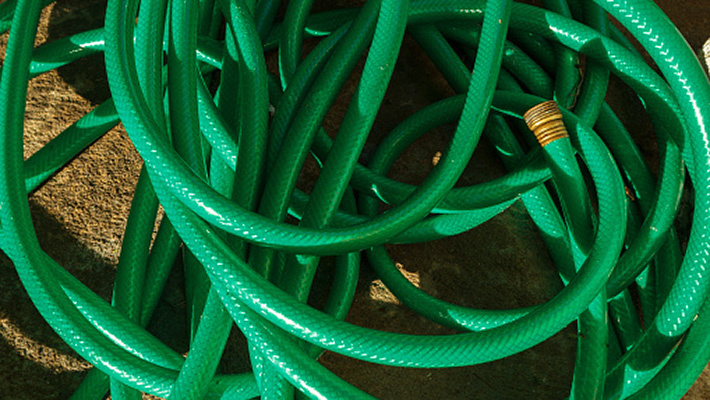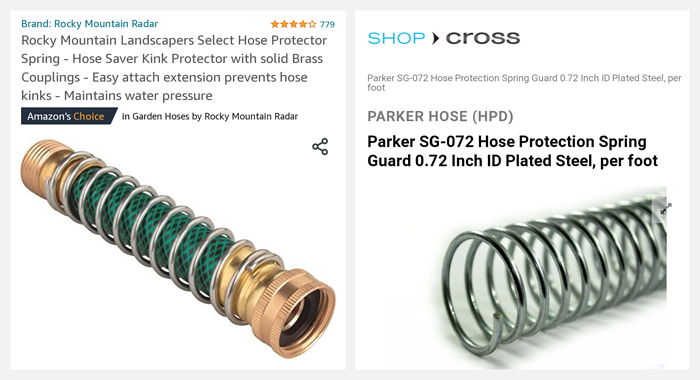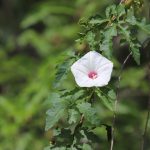Garden centers stock an endless array of hose colors, lengths and materials. Our guide will help you find the right fit for your landscape needs.
Because there are endless options on the market, choosing the appropriate water hose for your garden can be a daunting task. Your personal landscape needs can help narrow down the choice.
Before you buy, consider how much distance you need to cover, how often you’ll use it, if it will be exposed to the elements, and how much water capacity you desire. A little research will help you choose the right one.
Length
Know the size of the area you want to cover to determine the length. Generally, hoses come in 25, 50, 75 and 100-foot lengths, as well as rolls that you can cut to a custom length. Also, be mindful that the length of the hose affects water pressure — the longer the hose, the lower the pressure at the end.
Material
Vinyl hoses are usually the cheapest, lightest, and most practical. But they’re generally light duty, cannot be left too long in the sun and kink very easily. On the other hand, rubber hoses are stronger, heavier and usually cost more, and they are more durable and don’t kink easily. There are also made from a combination of vinyl and rubber.

Use
Hoses exist for home, commercial and industrial use. For example, there are hoses to handle hot water and chemicals, metal hoses and the as-seen-on-TV expandable hoses. The last option is really only good for very light use, as they are easily perforated.
Size
Diameters of hoses for home use are typically ¾ inch and 5/8 inches (this is the internal diameter of the hose). We recommend a 5/8-inch diameter hose to balance the concerns of strength, pressure, and portability. If you plan to use the hose under high pressure (e.g., extensive number of sprinklers or length), choose one with a label that indicates a tolerance of 300 psi and above.
Maintenance
How you care for this essential tool will determine how long it lasts.
- Don’t leave the hose exposed to the sun unnecessarily. Use a reel if you have it to stow it when not in use.
- Use a cut-off valve — don’t kink the hose to stop the flow.
- Replace the metal or plastic washer on the nozzle regularly.
- If your hose doesn’t come with a coil spring protector, consider buying one.

- In winter, drain excess water and store it in a protected place.
After you’ve selected the perfect hose, put a nozzle on it! Water hoses outfitted with a spray head make hand watering a snap.




